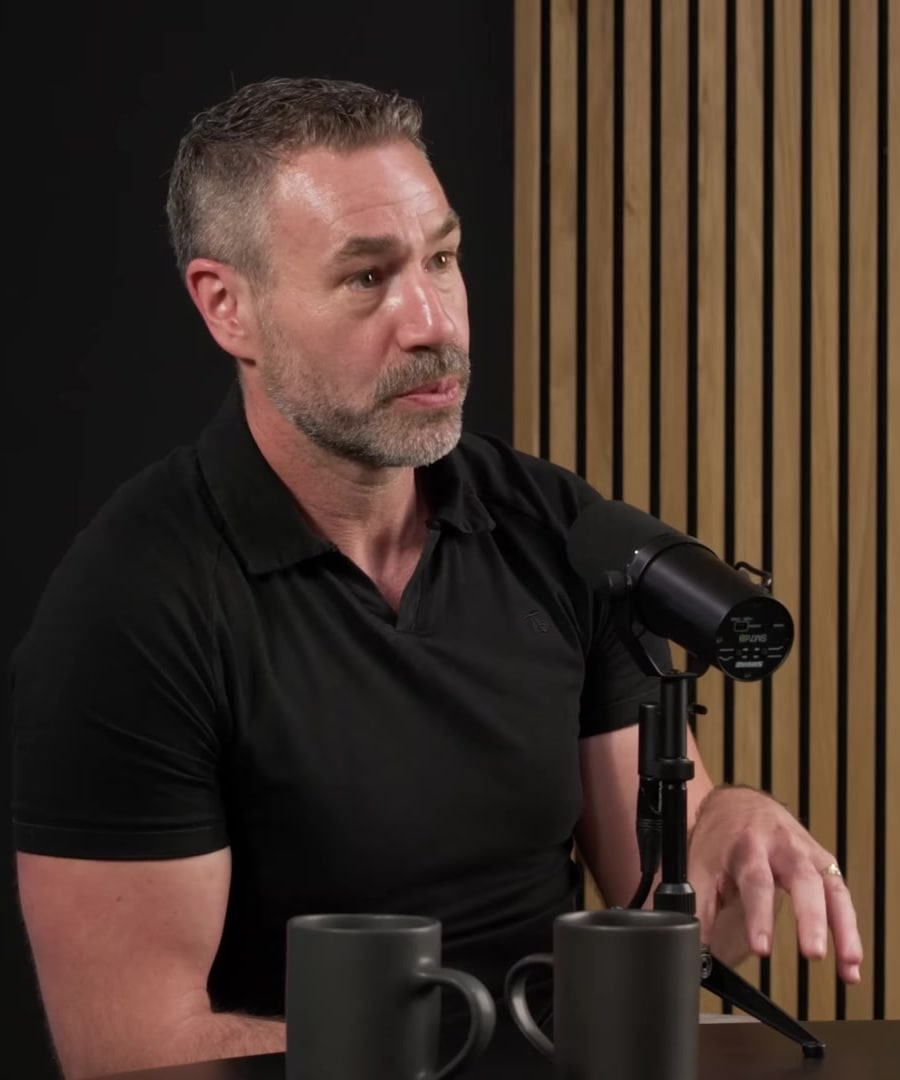Edibles
Sources:
Edibles, particularly those containing THC, can have unique effects and risks compared to other forms of cannabis consumption. They often lead to unintentional pediatric consumption due to their appealing appearance as candies or gummies, which can result in emergency room visits. This is exacerbated by the difficulty in dose regulation, as the effects of edibles are delayed, leading people to consume more than intended and experiencing a much stronger effect than anticipated 1 2 3.
From a dosing perspective, edibles typically have a lower THC content compared to inhalants, but they can still produce significant effects, and misjudging dosage is common. In Canada, packaging for edibles is often limited to 10 milligrams of THC to mitigate these risks. Most people start to feel effects with doses as low as 2.5 to 5 milligrams, and everyone will feel the effects at 10 milligrams. This slow onset and lower THC blood concentrations compared to smoking can lead to adverse experiences if dosing is not carefully managed 3.
Despite these challenges, there are known therapeutic effects of cannabis, including for pain management and nausea relief, but these vary greatly among individuals. The delayed and potent effects of edibles require consumers to approach with caution, practicing the "low and slow" technique to safely titrate their dose 4 5 6.
For those looking to use cannabis responsibly, especially in edible form, it is recommended to remain informed, seek reliable sources of information, and adhere to legal guidelines regarding dosage and consumption. This helps mitigate risks like unexpected psychoactive effects and potential legal issues, particularly in jurisdictions where legal landscapes are evolving 7.
RELATED QUESTIONS
Edibles
- RELATED QUESTIONS






